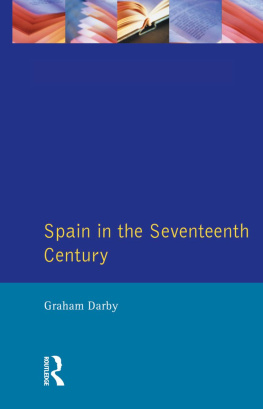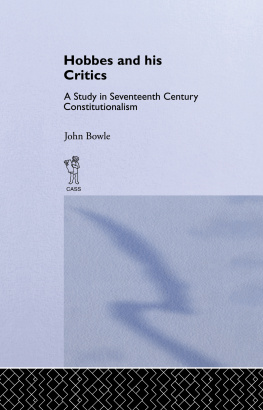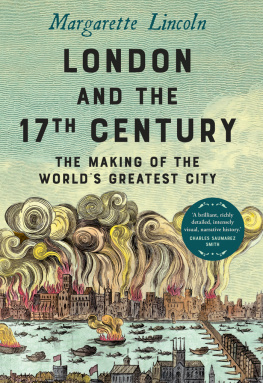Stillness in Motion in the Seventeenth-Century Theatre
Art forms begin in a collaboration of stillness and motion, and throughout history the categories of the still and the moving gain value according to the cultural weight given to the permanent, the stable and the elapsing, the ephemeral. In the seventeenth century, emerging practices, such as print, collecting, and performance, influence early modern discourse of stillness and motion a discourse always articulated by metaphors of gender.
Stillness in Motion in the Seventeenth-Century Theatre provides a comprehensive examination of this aesthetic theory. The author investigates this aesthetic history as a form of artistic creation, as a form of philosophical investigation, as a way of representing and manipulating ideas about gender, and also as a way of acknowledging, reinforcing and making a critique of social values for the still and moving, the permanent and elapsing. Creating an experiential argument for scholarly attention to performance, this book suggests that without knowing how performance creates meaning in reception, our understanding of a century where much of the political, theatrical, and social action occurred between audiences and in public spaces is blunted. The focus on performance and reception offers theories on the practice of reading and the frequent use of theatrical techniques employed by authors to evoke the sensations of live performance. The author also examines the practice of collecting and the give and take of reception in the context of theories of gift exchange.
The book's analysis covers the entire seventeenth century with chapters on the work of Ben Jonson, John Milton, the pamphletheatre, Aphra Behn, John Vanbrugh, and Jeremy Collier and will be of interest to scholars in the areas of literary and performance studies.
P.A. Skantze is an independent scholar and director working in Rome. Currently a fellow at the Italian Academy at Columbia University, she was a Fulbright senior research fellow in 2002 investigating transnational identity in theatre festivals across the European Union.
Routledge studies in Renaissance literature and culture
Stillness in Motion in the Seventeenth-Century Theatre
P.A. Skantze
The Popular Culture of Shakespeare, Spenser and Jonson
Mary Ellen Lamb
Stillness in Motion in the Seventeenth-Century Theatre
P.A. Skantze
First published 2003
by Routledge
11 New Fetter Lane, London EC4P 4EE
Simultaneously published in the USA and Canada
by Routledge
29 West 35th Street, New York, NY 10001
Routledge is an imprint of the Taylor & Francis Group
This edition published in the Taylor & Francis e-Library, 2003.
2003 P.A. Skantze
All rights reserved. No part of this book may be reprinted or reproduced or utilized in any form or by any electronic, mechanical, or other means, now known or hereafter invented, including photocopying and recording, or in any information storage or retrieval system, without permission in writing from the publishers.
British Library Cataloguing in Publication Data
A catalogue record for this book is available
from the British Library
Library of Congress Cataloging in Publication Data
Skantze, P. A., 1957
Stillness in motion in the seventeenth century theatre / P.A. Skantze
p. cm. (Routledge studies in Renaissance literature and culture)
Includes bibliographical references and index.
1. English drama-17th century-History and criticism. 2. Drama-Technique.
3. Theater-England-History-17th century. 4. Quietude in literature. I. Title.
II. Series.
PR678.T35 S58 2003
822.409-dc21
ISBN: 0-203-38069-X Master e-book ISBN
2002037046
ISBN 0-203-38687-6 (Adobe eReader Format)
ISBN 0A415286689 (Print Edition)
HOTSPUR: in his ear I'll hollow Mortimer!
Nay, I'll have a starling shall be taught to speak
Nothing but Mortimer, and give it to him
To keep his anger still in motion.
WORCESTER: Hear you, cousin, a word
(I Henry IV, I. iii. 2215)
For Matthew, still
Contents
Acknowledgments
This book has had its own moving journey with three principal stops, Columbia University, the University of Michigan at Ann Arbor, and Rome, Italy. My inspiration began in classes at Columbia with Carolyn Heilbrun and Nancy Miller, and continued outside those classes in discussions with Sue Heath and Lucy Reinhardt. Just when my affection for the novel was beginning to be superseded by my preference for performance and theatre, I heard the siren call of John Milton in the voice of Margaret Ferguson. As the director of my dissertation, Margie brought to bear all her talents as a teacher: acute insights, generosity, and patience when the project seemed to expand beyond the boundaries of all reason. She remains a model for scholarship and teaching. Jean Howard's arrival at Columbia was a boon to many of us; her clarity correcting my confusion and the wealth of knowledge she brought to the process made my work richer. Julie Stone Peters granted me the gift of an inability to read and work in the seventeenth century without seeing the effects of print culture everywhere. Sue Winnet offered friendship and a passionate interest in thinking about teaching and writing. Susan Manning was a model for me of the independent scholar working in the academy; her pursuit of her work on dance in the midst of a very textual world showed me the way with my own performance work. Mike Seidel and Martin Meisel, two scholars and gentlemen, cheered my time at Columbia with jokes about Restoration theatre only a specialist could love or understand. Martin's classes in European drama still provide me with a foundation for thinking about contemporary issues of identity, tradition, and nationality in European performance.
I am grateful to many people at the University of Michigan, Ann Arbor. From the first pleasure of being welcomed and supported by Enoch Brater and our delight at being able to talk theatre, through all the classes and the many, many students who offered themselves as sacrifice to my experiments in using music, dance, scene production, and film clips to show them how Shakespeare, Behn, and Milton (!) made theatre work. Parts of this book came into being across the table on Sunday nights when Patsy Yaeger and I dined on ideas and the joy of thinking in sound. Patsy made me believe in myself in the worst moments of adjusting to academic life and her belief in me sustains me now as an independent scholar. Val Traub arrived at Ann Arbor just in time to challenge me constantly with just the right probing questions and to champion clarity where there was only the suggestion of connected ideas. Her support and her largesse have never waned. Linda Gregerson by her poetry, by her love of ideas and the way they can be expressed always made me want to write about performance more vividly. Michigan profited by the arrival of Carroll Smith-Rosenberg and Alvia Golden and I profit from their sustaining friendship. Carroll read parts of the manuscript and encouraged interdisciplinary thinking, and Alvia encouraged laughter and perspective. Many friends supported me by laughter and over red wine, Suzanne Raitt, Arlene Keizer, Anita Norich, and Liz Barnes, while dinners at Nick and Elena Delbanco's gave solace on cold Michigan nights.









